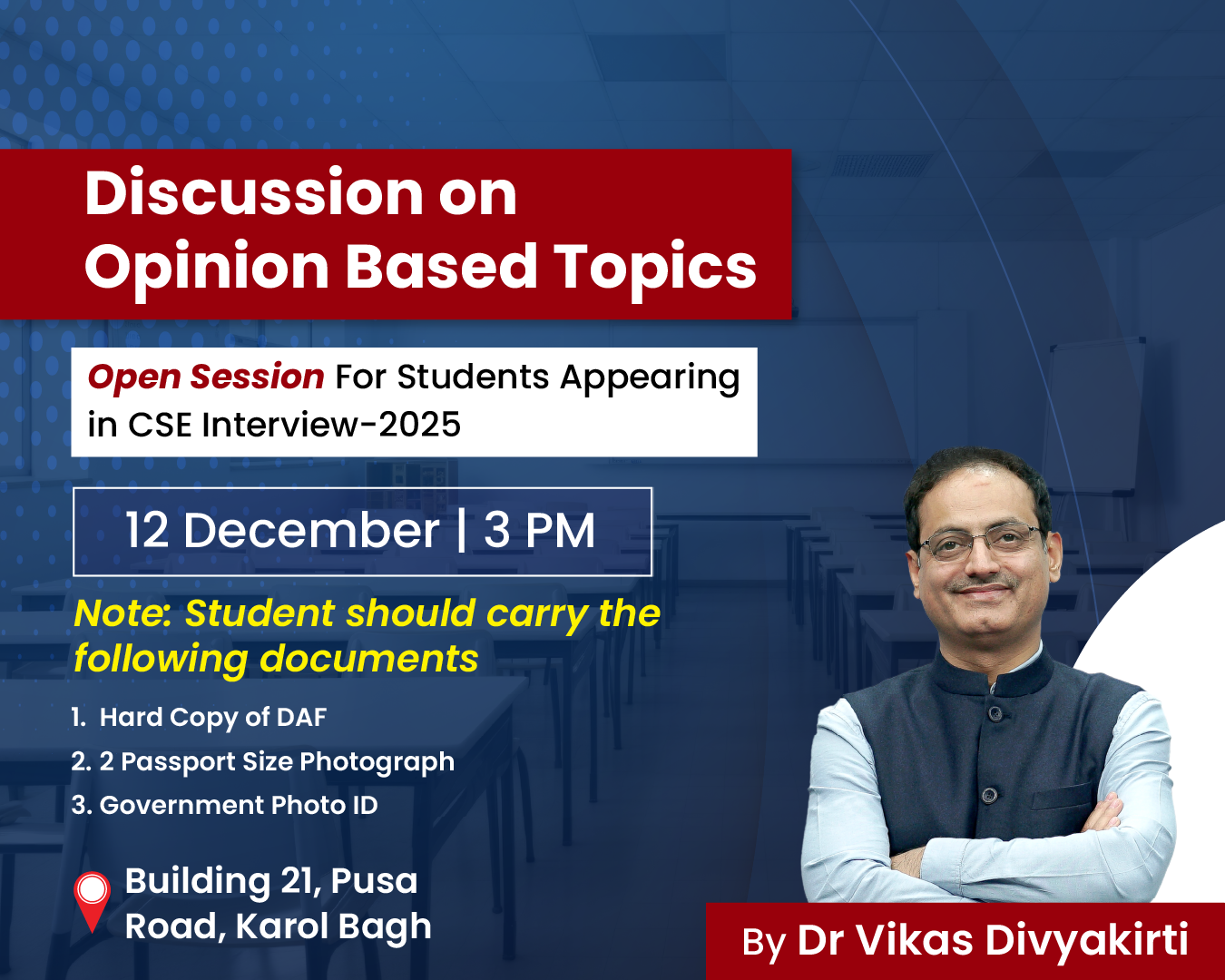-
18 Jul 2025
GS Paper 3
Science & Technology
Day 29: Assess India's strategy for indigenous telecommunications development from 5G challenges to Bharat 6G leadership ambitions. (150 words)
Approach:
- Briefly introduce India's telecom evolution and Bharat 6G Vision.
- In body highlighting the current 6G strategy assess 5G implementation challenges and steps taken.
- Conclude suitably.
Introduction:
India's telecommunications journey is evolving from overcoming 5G deployment barriers to aspiring for global 6G leadership. The Bharat 6G Vision reflects a strategic roadmap to achieve technological sovereignty, innovation-driven growth, and global influence by 2030.
Body:
- 5G deployment faced initial delays due to spectrum pricing issues, lack of domestic manufacturing ecosystem, and limited private R&D investment.
- India launched 5G services in 2022 but was primarily dependent on foreign telecom equipment, limiting technological autonomy and indigenous innovation.
- To address this, the government launched the Production Linked Incentive (PLI) Scheme and developed the Indigenous 5G Testbed, promoting local manufacturing and R&D.
- The Bharat 6G Vision Document (March 2023) set dual goals- achieving ubiquitous, intelligent, and secure 6G connectivity and positioning India as a global leader in 6G technology by 2030.
- Two 6G R&D testbeds-THz Testbed and Advanced Optical Communication Testbed- are funded to promote indigenous capability in next-gen communication hardware and systems.
- In FY 2023-24, the government sanctioned 100 5G labs across academic institutions to create a 6G-ready talent pool and innovation ecosystem.
- 111 research proposals on 6G were approved to accelerate innovation in terahertz communication, AI-integrated networks, and low-latency technologies.
- The Bharat 6G Alliance fosters collaboration between industry, academia, and national labs, ensuring holistic and standards-aligned development.
- India’s signing of MoUs with global 6G alliances and participation in the ITU International Mobile Telecommunications-2030 framework shows proactive international engagement and leadership.
- India advocated for inclusion of ‘Ubiquitous Connectivity’ and ‘Sustainability’ in 6G usage scenarios, aligning tech development with global equity and resilience goals.
- Hosting of the International 6G Symposium (2024) and participation in global standardization platforms enhances India's soft power and strategic influence.
- The approach demonstrates a shift from reactive adoption of foreign technology to proactive innovation and leadership in telecommunications.
Conclusion:
India’s transition from 5G dependence to 6G ambition reflects a visionary, collaborative, and capability-driven strategy. With continued focus on indigenous R&D, global alliances, and inclusive standards, India is well-positioned to become a global telecom technology leader by 2030.





